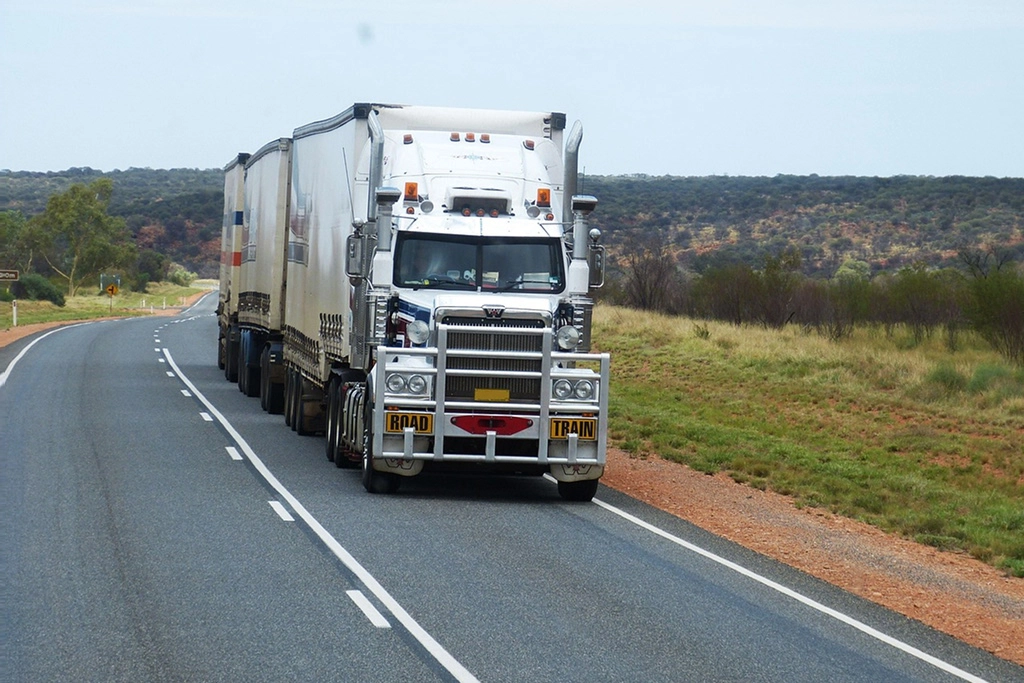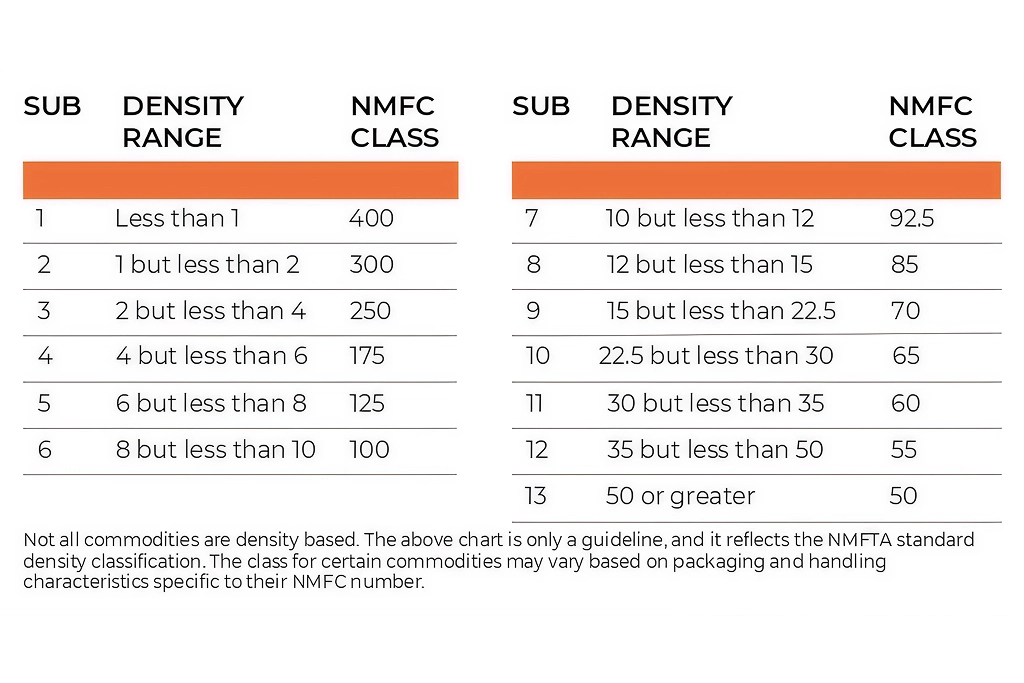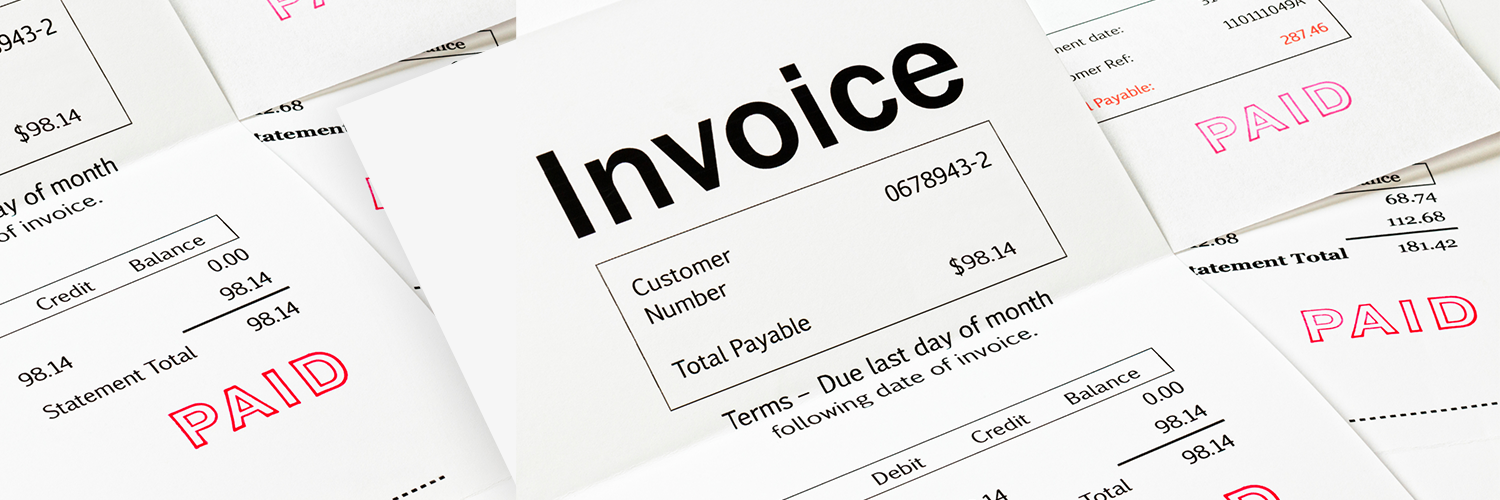Table of Contents
- Impact Beyond Beverage: A Cross-Industry Shift
- Why Freight Classification Matters in Beverage Logistics
- What Changed in Beverage Classification?
- How This Impacts Logistics Professionals
- Practical Tips for Adapting to the New Beverage Classification
- Why These Changes Reflect Industry Trends
- Freight Class & NMFC Changes
- Stay Ahead in Beverage Logistics
- Freight Class 2025: Summary for Shippers

2025 Freight Classification Changes and Their Impact on Shipping
Published Date: 10 June 2025
Starting July 19, 2025, major updates to how freight is classified in the United States will take effect. Under the Freight Classification Docket 2025-1, the National Motor Freight Traffic Association (NMFTA) will eliminate the traditional four-factor model—handling, stowability, liability, and density—and move to a density-only system for determining LTL (less-than-truckload) freight classes.
This means shippers must now provide exact pallet dimensions and weight to accurately classify goods. For the beverage industry, these changes are especially critical. Failure to comply could lead to misclassification fees, while proper implementation could reduce disputes and streamline shipping operations.
Impact Beyond Beverage: A Cross-Industry Shift
The 2025 classification updates are a game changer for beverage shippers and many industries. Are you shipping fasteners, packaging materials, beverages, plastic articles, or food related products? If so, here’s what you need to know: density will now be the sole metric for freight classification.
Why does this matter?
This new system is designed to simplify freight standards, minimize rate disputes, and bring more transparency to shipping costs. It’s a shift that could make logistics easier and more predictable for everyone.
What’s your next step?
Start evaluating how this change might impact your shipping operations. Understanding your product’s density and ensuring your processes align with the new classification system will help you stay ahead.
Why Freight Classification Matters in Beverage Logistics
Freight classification in logistics defines how goods are packaged, handled, and transported. It determines freight rates, compliance measures, and overall transport process efficiency. Within the beverage industry, every classification update aims to simplify goods categorization, reduce errors, and address core transportation characteristics, such as density, stowability, and liability.
The recent changes introduced under Freight Classification Docket 2025-1, Subject 61, bring a streamlined approach to classifying alcoholic beverages. This is particularly relevant given the diversity of beverages being transported and the unique logistics challenges they present. If you transport beverages like beer, wine, spirits, or nonintoxicating alternatives, understanding this update will directly impact your operations.

Image Source: Pixabay
What Changed in Beverage Classification?
The key change under Freight Classification Docket 2025-1 is the cancellation of five items previously categorized under the Liquors, Beverage generic heading. Here’s a breakdown of the changes and their implications:
1. A New “Viz” Format for Simplicity
The reclassification consolidates liquors and beverages into a new item, now using a “viz.” format. This provides a clearer, more concise categorization for specific beverage types like beer, wine, spirits, and even low-alcohol carbonated beverages, which shippers can determine with a density calculator.
FREIGHT DENSITY CALCULATOR
Enter your shipment’s quantity, dimensions, and weight to calculate cube density and estimate freight class.
Note: If palletized, include the pallet height in the total.
Your Freight Density (in pounds per cubic foot) =
Your Freight Density
(in pounds per cubic foot) =

Image source: Day and Ross
Under the new structure, classification is based primarily on density, using the Freight Classification Development Council’s 13-sub density scale.
2. Density Becomes the Driving Factor
Previously, beverage classifications considered handling, stowability, and liability alongside density. However, the latest update identifies density as the primary transportation characteristic. This shift simplifies the classification process by aligning directly with the physical space that different beverages occupy in transport.
For example:
- Goods with higher density (e.g., compact packaging) will fall into lower freight classes with lower shipping costs.
- Goods with lower density incur higher costs due to inefficient space utilization.
3. Cancellation and Renaming of Specific Items
Several items under the old classification have been canceled or consolidated into the new system:
| Old Item | Description | Action |
| Item 111400 | Generic heading for Liquors, beverages | Canceled, no further application |
| Item 111450 | Alcoholic liquors not requiring hazardous labeling | Cancelled, moved to new classification |
| Item 111470 | Malt liquors (e.g., ale, beer) | Integrated into new “viz.” format |
| Item 111490 | Vermouth | Renamed and included in new item |
| Item 111510 | Wine (not otherwise indicated) | Integrated into new item |
4. Packaging Standards Updated
The updated classification introduces specific guidelines for packaging, particularly for beverages shipped in fiberboard bottle carriers. For stowability and damage prevention:
- Fiberboard carriers must include full-height partitions that reach the shoulders of bottles.
- Packaging must meet standards specified in Item 222-2 or Package 174.
5. Notes and HazMat Application Adjustments
Two notes related to hazardous materials have been revised. Under the new classification (Notes B-NEW and C-NEW), any beverages requiring Hazard Class or Hazard Division labels are excluded from these provisions and must follow separate regulations.
How This Impacts Logistics Professionals

Image source: Pixabay
The beverage classification changes offer practical benefits for logistics managers, enabling better decision-making and operational optimization. Here’s a closer look at how these updates can affect your processes:
Simplified Categorization
The consolidation of multiple beverage types under one new item with a “viz.” format reduces ambiguity. Improved clarity in freight classification lessens the likelihood of misclassification, ensuring a smoother process when quoting, booking, and shipping.
Optimized Pricing Through Density Focus
By focusing on density alone, freight costs become predictable and transparent. This allows supply chain managers to better control costs by optimizing packaging for higher density where feasible.
Compliance with New Packaging Standards
The revised guidelines for packaging safeguard goods during transport, minimizing the risk of damage. However, non-compliance with the specified standards could lead to penalties or shipment delays, making it crucial to align with the updated rules.
Practical Tips for Adapting to the New Beverage Classification
Adopting the updates under Freight Classification Docket 2025-1 doesn’t have to be complicated. Consider these steps to ensure compliance and optimize your transportation processes:
Familiarize Your Team With Dimension/Weight Units
Dimensions refer to the length, width, AND height of each pallet. An accurate height is essential to calculate the correct density.
Re-acquaint yourself with dimension and weight units, and ensure the measurement of your items is accurate to avoid loads getting labelled with a re-class rebill.
Update Your Freight Management System
Include the 13-sub density scale and new classification details in your logistics software to eliminate errors during shipment.
Evaluate Packaging Practices
Review current packaging methods to ensure alignment with the updated guidelines for bottle carriers and fiberboard partitions.
Train Your Team
Provide training to your logistics and warehouse teams on the new density-focused classification to avoid confusion and streamline product handling.
Engage with Freight Partners
Work closely with freight partners and carriers to clarify how these changes may affect rates, shipment timelines, or handling procedures.
Stay Up-to-Date
Regularly review updates from the Freight Classification Development Council (FCDC) to remain informed about revisions and ensure ongoing compliance.
Why These Changes Reflect Industry Trends
The adjustments to beverage freight classification underscore wider trends in the logistics industry, focusing on efficiency, space optimization, and clarity in regulations. For supply chain managers, these updates reflect a push toward making transportation more efficient, cost-effective and environmentally conscious through better utilization of available space.
Freight Class & NMFC Changes
The change to density-based classification will create a ripple effect on how goods are measured across various industries. The following chart examines what class changes will look like for beverages and other non-beverage items.
Description | Old Class | Old NMFC | New Class | New NMFC |
| Beer | 65 | 111470 | Density Based | 111460 |
| Blanks, Extrusions, Moldings or Stampings | 70 | 133700 | Density Based | 13120 |
| Bolts in boxes or drums (Aluminum) | 70 | 13280 | Density Based | 13120 |
| Bolts, Nuts, Washers, Nails, Screws, Anchors, Tacks or Rivets | 55 | 93450 | Density Based | 95190 |
| Beverages (Not exceeding 6 percent by alcohol volume) | 65 | 111420 | Density Based | 111460 |
| Calcium Carbonate | 50 | 43700 | Density Based | 43955 |
| Cider (Alcoholic) | 100 | 111450 | Density Based | 111460 |
| Containers | 174610 | Density Based | 175120 | |
| Cups, paper, pulpboard or wood pulp | 125 | 152840 | Density Based | 153900 |
| Envelopes, NOI | 77 | 153900 | Density Based | 153900 |
| Flashlights or Lanterns, electric, handheld | 110 | 109800 | Density Based | 109700 |
| Fruit Peel (Granulated/Powder) | 70 | 77130 | Density Based | 77150 |
| Fuel Oil | 65 | 155150 | Density Based | 155200 |
| Hot Melt Adhesive | 60 | 42652 | Density Based | 43955 |
| Labels or Tags Embossed, in packages | 85 | 153900 | Density Based | 153900 |
| Labels or Tags Plain, printed or lithographed, in packages | 55 | 153900 | Density Based | 153900 |
| Liners (Foam or Sponge Rubber) | 300 | 158820 | Density Based | 158800 |
| Liquors | 100 | 111450 | Density Based | 111460 |
| Molasses or Syrups | 74095 | Density Based | 73260 | |
| Pails (Buckets) Not nested | 200 | 174860 | Density Based | 175120 |
| Pails (Buckets) Nested | 85 | 174860 | Density Based | 175120 |
| Petroleum Oils, Greases and Related Products | 65 | 155250 | Density Based | 155200 |
| Pulpboard/Fiberboard | 150550 | Density Based | 150560 | |
| Refrigerators or Freezers | 150 | 53180 | Density Based | 53180 |
| Rice Hulls, ground, in bags | 65 | 67700 | Density Based | 67090 |
| Wax | 100 | 196880 | Density Based | 196900 |
| Wheel Parts | 60 | 20020 | Density Based | 18260 |
| Wine | 100 | 111510 | Density Based | 111460 |
Stay Ahead in Beverage Logistics
Ensure your operations remain compliant and cost-efficient by adapting to the 2025 freight classification updates. Avoid costly errors and keep your goods moving seamlessly.
Need guidance? Don’t wait until compliance challenges impact your operations. Reach out to Brew Movers today to ensure your logistics processes are aligned with the latest freight classification updates. Get started now to keep your beverage logistics compliant and efficient!
Freight Class 2025: Summary for Shippers
Density-Based Classification Is Here
Starting July 19, 2025, freight class is based on density only, not handling or liability.
Accuracy Matters
Shippers must submit exact dimensions and weight. Mistakes = reclass fees.
Beverages Reclassified
Wine, beer, spirits now fall under a new “viz” format with simplified density-based codes.
Optimize for Savings
Higher density = lower shipping costs. Redesign packaging where possible.
Follow Packaging Rules
Fiberboard carriers need full-height partitions. Non-compliance risks delays.
Prep Now
Update systems, train teams, and align with carriers before the new rules kick in.
Brandon Arnold
COO & Co-FounderInnovative Beverage Supply Chain Strategist | COO & Co-Founder at Brew Movers & Sendy (Unishippers) | Expert in Small Package/Parcel Solutions




